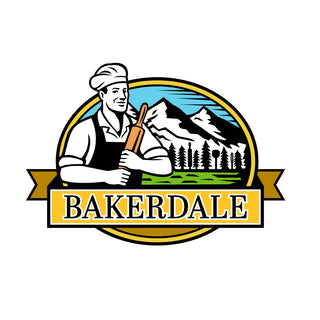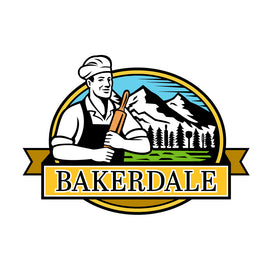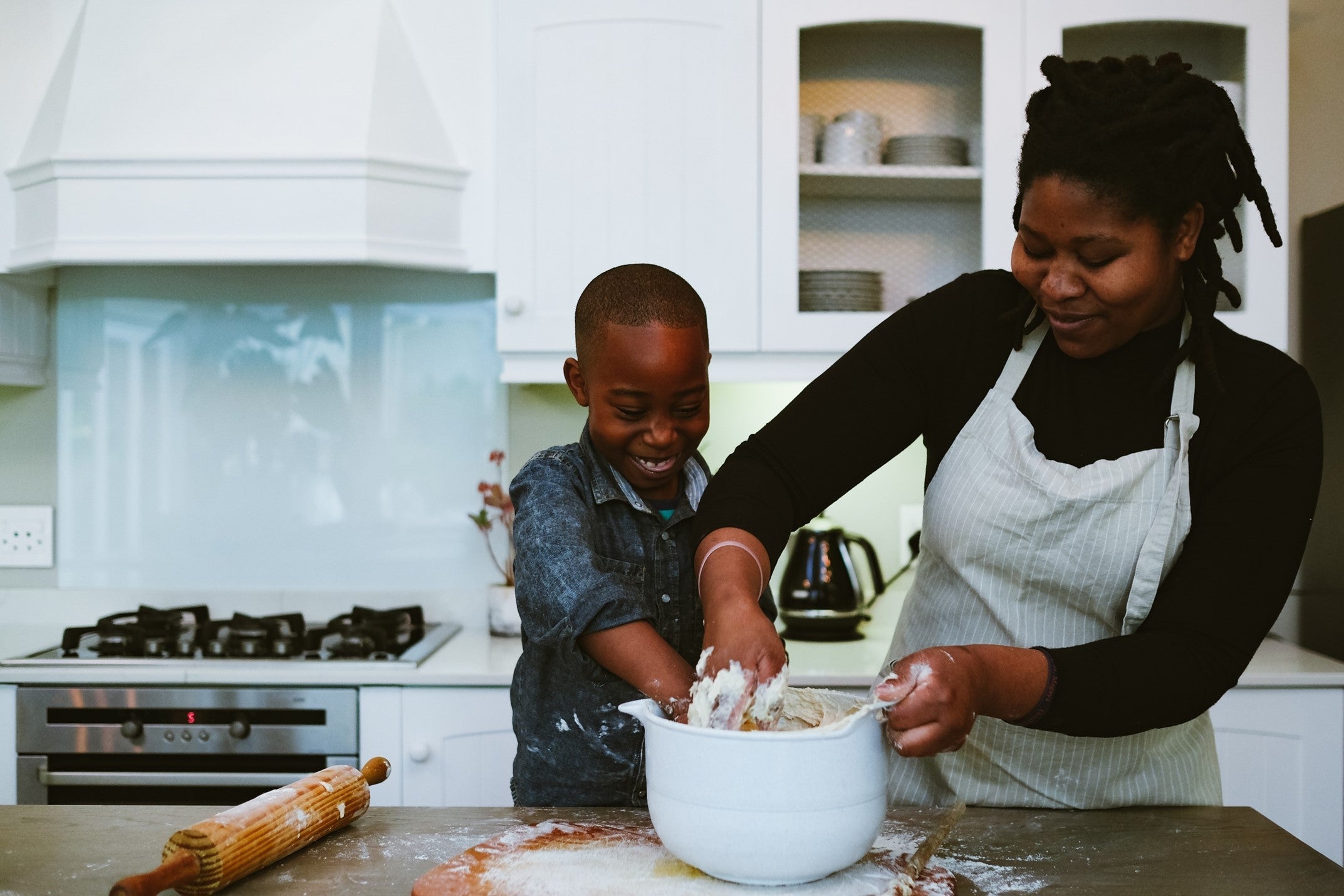When it comes to baking, ingredients like raw flour and baking mixes play a crucial role in creating delicious treats. But have you ever considered the importance of food safety when handling these products? Let's dive into the world of raw flour, baking mixes, and how to ensure your baked goods are safe to consume.
What is the risk associated with raw flour?
Raw flour has been linked to foodborne illnesses due to potential contamination with harmful bacteria such as E. coli and Salmonella. They may occur naturally in the grains while still in the field or they can become contaminated during the harvest and milling process. Unlike other ingredients in your pantry, raw flour is not treated to kill these pathogens, making it important to handle it with care.
How can you reduce the risk of foodborne illness when using raw flour?
To minimize the risk of foodborne illness when using raw flour, it is essential to follow these safety tips:
- Avoid consuming raw cookie dough or cake batter that contains raw flour.
- Thoroughly cook all baked goods containing raw flour to kill any harmful bacteria.
- Store raw flour in a cool, dry place to prevent contamination.
- Wash your hands and any utensils that come into contact with raw flour thoroughly after use.
Are baking mixes a safer alternative to raw flour?
Baking mixes are a convenient option for those looking to streamline the baking process. These mixes typically contain pre-measured ingredients, including flour. Generally, the flour in the mix is not treated to kill bacteria. Baking mixes need the same precaution as raw flour. It is important to follow proper food handling practices to ensure food safety.
What are some tips for safely using baking mixes?
When using baking mixes, keep the following tips in mind to maintain food safety:
- Check the expiration date on the baking mix before use.
- Follow the instructions on the packaging carefully to ensure proper cooking temperatures and times.
- Store baking mixes in a cool, dry place to maintain freshness.
- Avoid cross-contamination by using separate utensils for handling raw mixes and cooked products.
By understanding the risks associated with raw flour, practicing proper food safety measures, and utilizing baking mixes effectively, you can enjoy delicious baked goods without compromising your health. Remember, food safety is key when it comes to creating culinary delights in your kitchen!

For more information, please check the link to the Food and Drug Administration on the risk of consuming raw flour.
Flour Is a Raw Food and Other Safety Facts | FDA
Remember. It may be tempting to taste raw batter or flour. But it is not worth the risk of becoming sick!



Leave a comment